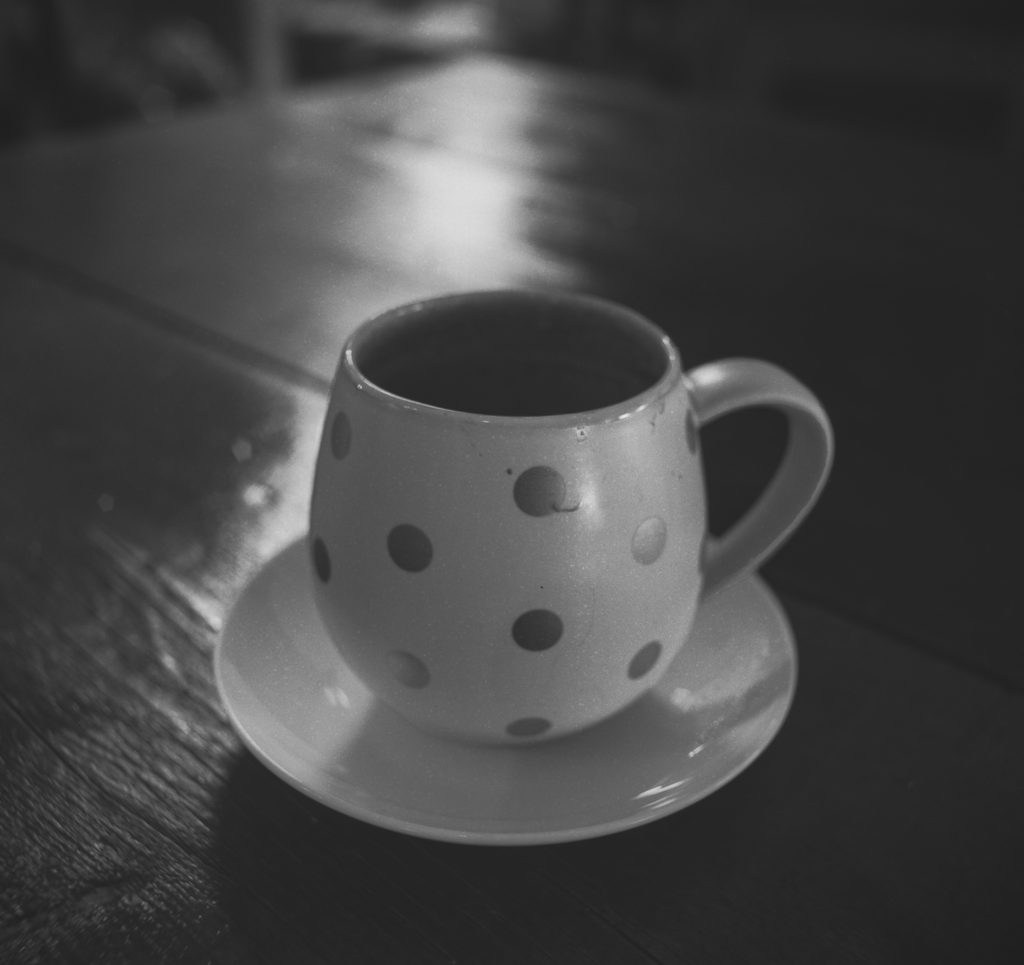From what I can judge, it looks as if the Ballarat International Foto Biennale 2017 (BIFB17) is starting to come together. It has a online public space as the new website has gone live. However, there is nothing yet about the photographers who comprise the core programme, what the 2017 Biennale is trying to achieve in relation to contemporary Australian photography, or what the issues the symposiums and talks will address. My understanding is that the full program will be released in April, with glimpses and reveals being unravelled from late January.
At this stage, apart from the portrait and icons photographic competitions, there is little public information about either the content or the approach of the biennale. Given that her background is in graphic design and strategic branding, rather than art festival directorships or in photography, it is hard to form a sense of what Fiona Sweet’s first Ballarat International Foto Biennale will be like. Given the emphasis on visual narrative in her design background it will be interesting to see what the core idea of the Biennale’s graphic design and visual campaign will be, and how she will grow the regional and national brand so that it becomes a global centre for the photographic arts.

Registrations for the Fringe Program were recently opened, and we have applied to exhibit work from the Mallee Routes project in one of the Fringe spaces. We want to show some recent work –ie., some of the pictures that we have made since our initial exhibition at the Atkins Photo Lab’s gallery in late 2016 that explore place through the language of loss, land, culture and memory. In this mapping of photography to place the images map critical histories, preserving place and memory by giving voice to the invisible stories. This mapping of photography to place uncovers traces and share experiences of places that transform over time.
The procedure is that you pay the money to register for Fringe, select a space, then wait to see if the owners of the space judge whether your work is suitable for their space. The best Fringe spaces are non cafes and those that you don’t have to sit the space—require local knowledge, and they go very fast. Within hours. If, for some reason, the space you applied for doesn’t work out, then you are probably plain out of luck.
Update
According to this 2016 interview with Fiona Sweet the theme for BIFB17 is about identity, people, and the places they come from. Sweet says:
“Performance of Identity is about people and place and we’re looking at the role of identity in the visual narrative – who you are, where you come from, your beliefs, informing how you present and creative your own identity and how that identity relates to the world…What engages us is the perspective. It’s human nature to look at other people and situations, especially with photography and we are living in an image-saturated world – it’s more prevalent than ever before and we are all hungrier for more.”
The Biennale runs from August 19 to September 17 and we do know Creative Victoria is supporting the biennale as part of its policy to provide stability to the state’s independent arts organisations and to fuel the state’s creative economy and cultural life. We also know that the Ballarat Mining Exchange building will host the biennale’s first-ever indigenous photographic exhibition, without knowing what kind of work will be shown. There are a number of Indigenous photographers currently engaged in the hard and painful personal, critical and creative work to mobilise against the ongoing impact of colonisation on cultural expression and representation.
Photographers, as well as writers, do need to help to spell out the trauma and anxieties of (un)belonging that haunt settler culture as a result of the belated and painful revelation of Aboriginal dispossession and genocide and the repression of the white settler atrocities and violence towards indigenous people. That settler colonial violence, with its unspeakable horrors committed against Aboriginal people, is Australia’s foundational trauma. Indigenous Australians must be erased, as a prerequisite for the creation and preservation of an orderly and civilized white society / nation. The barbarism of the Australian settlement is the dark side of the Australian Enlightenment.

